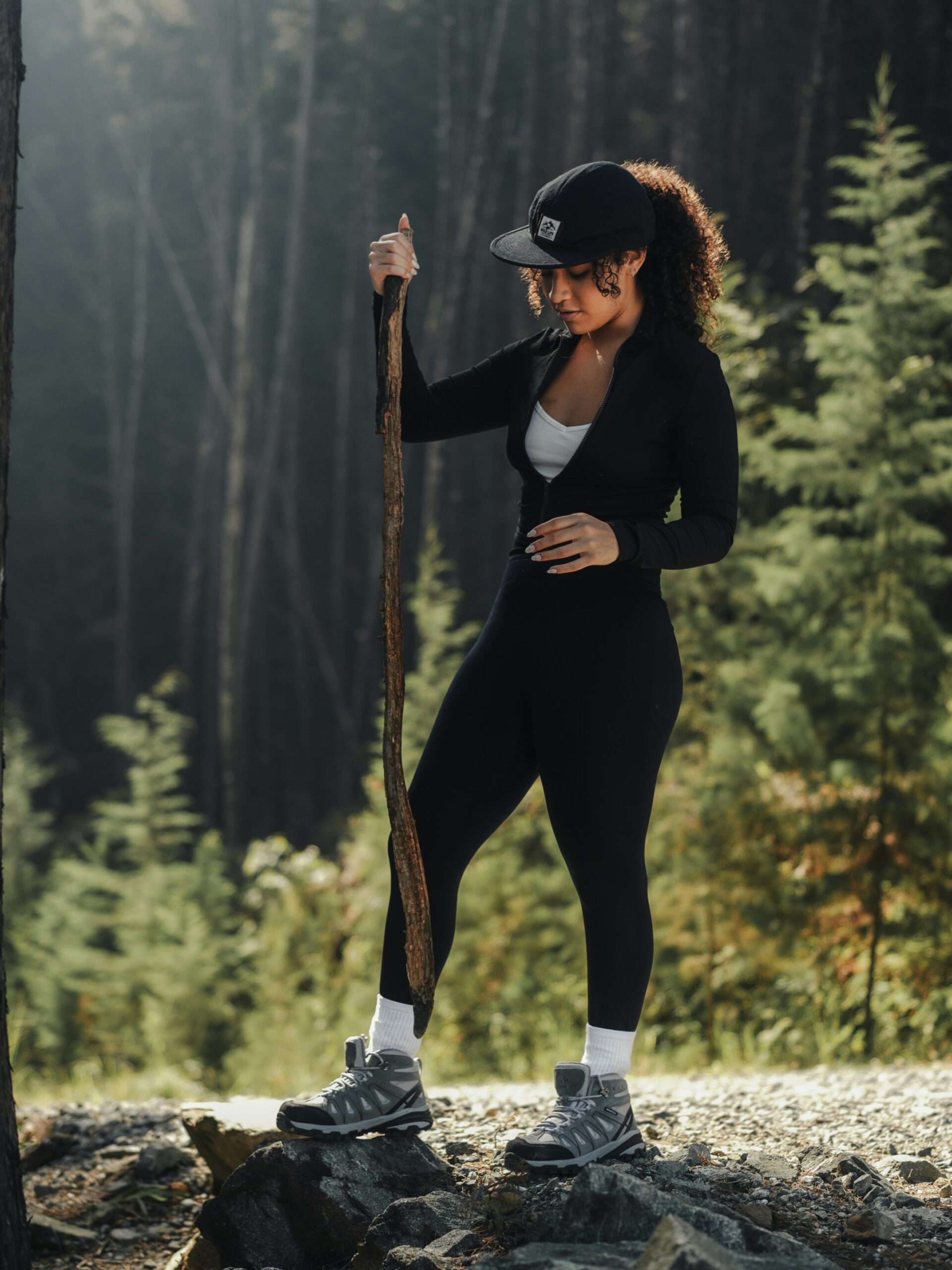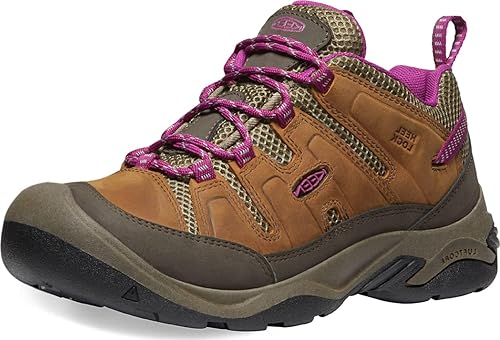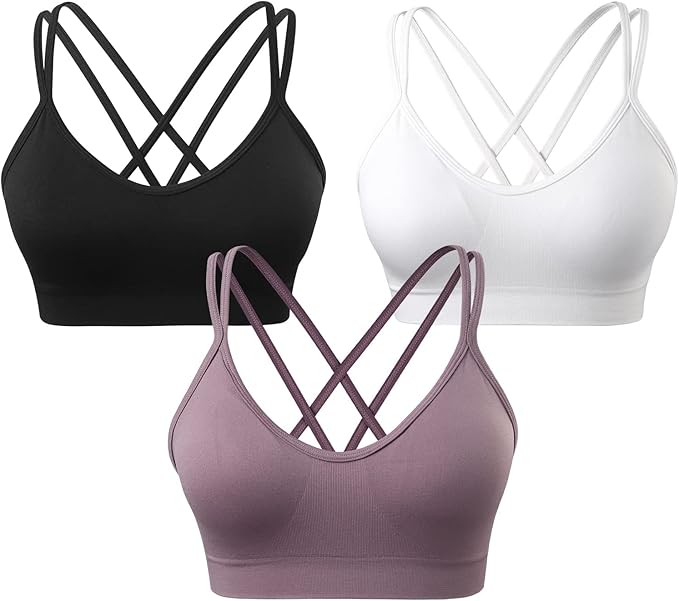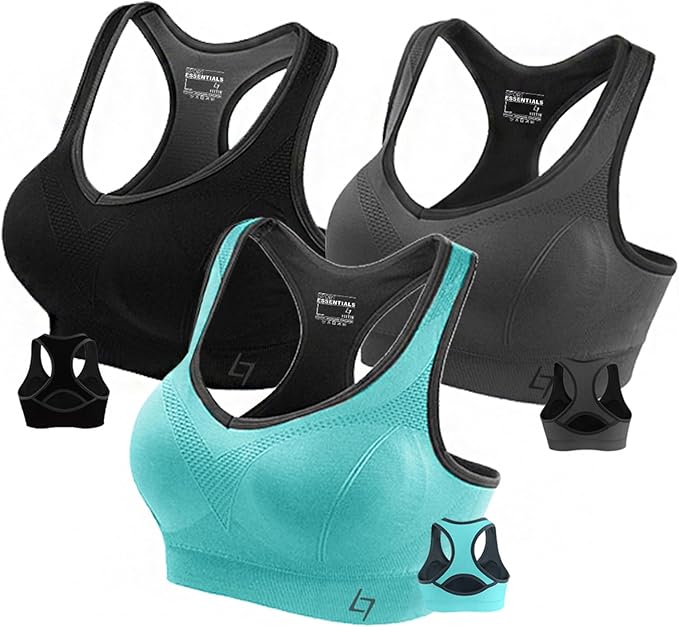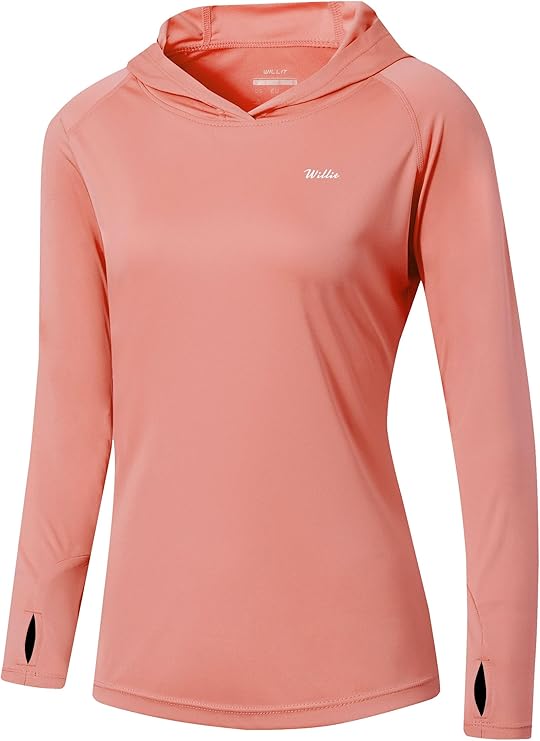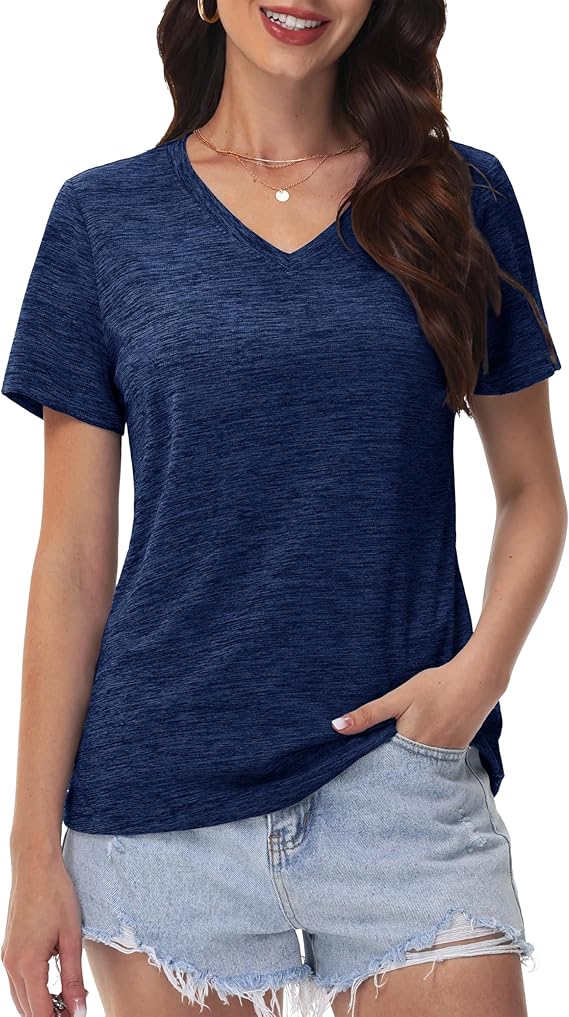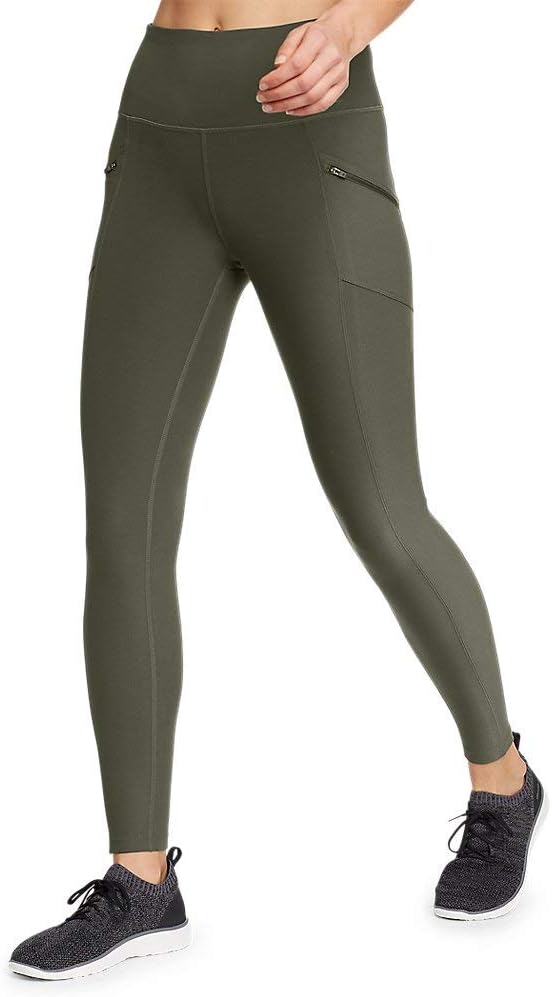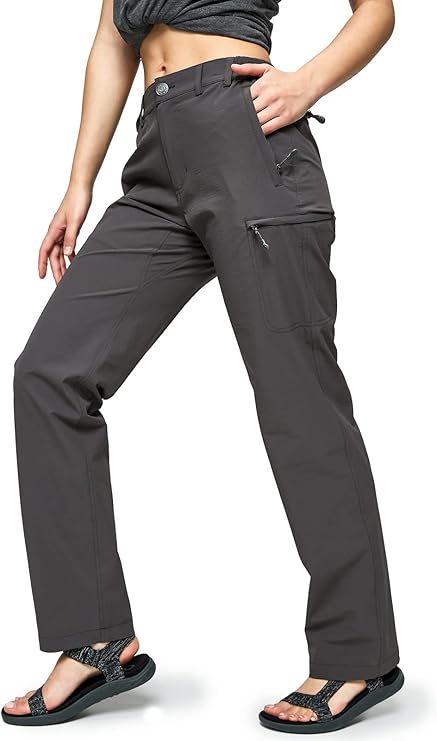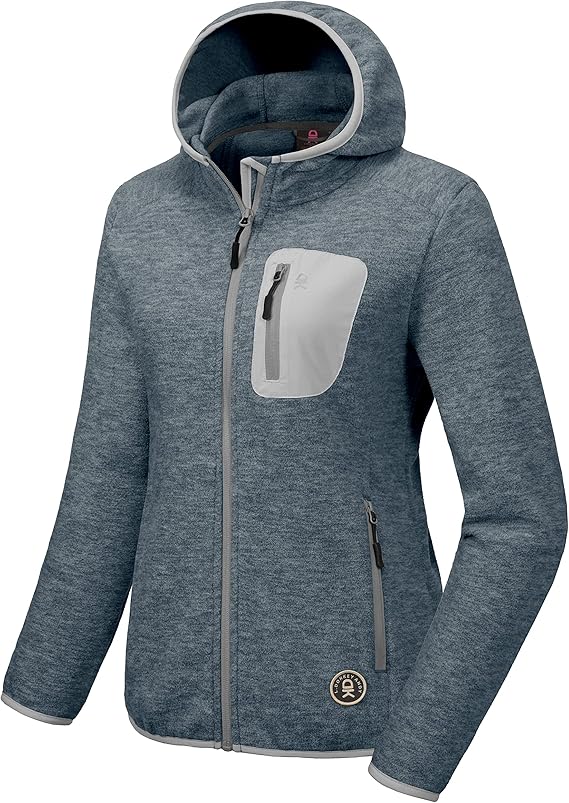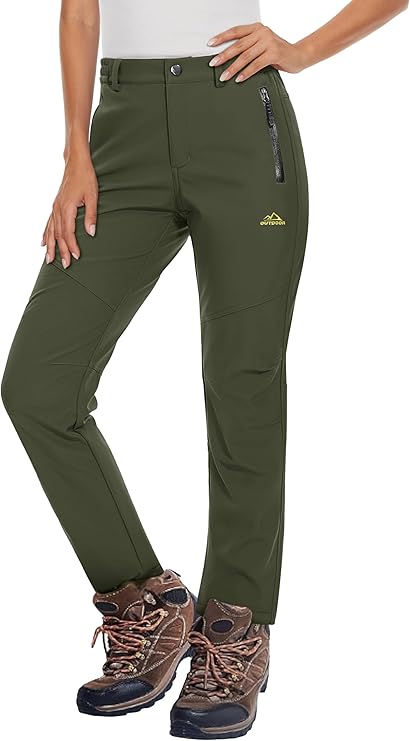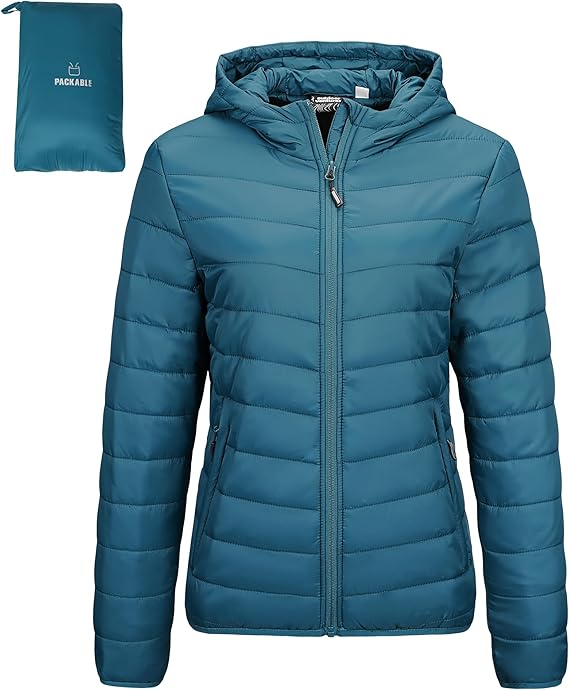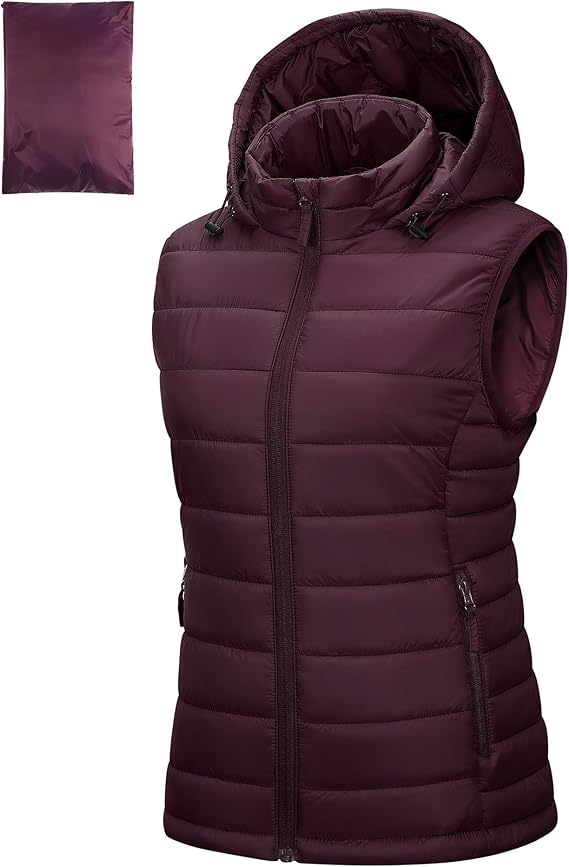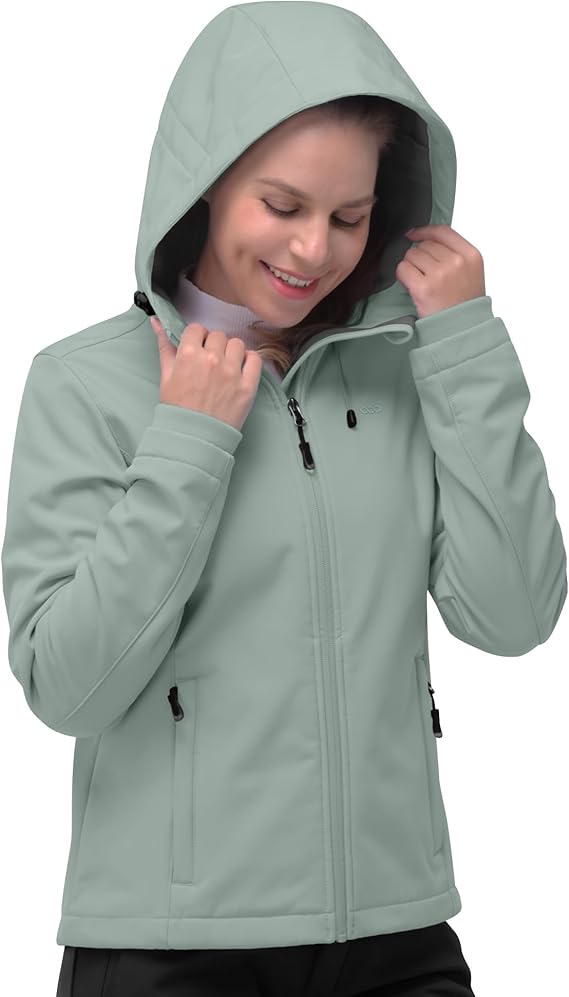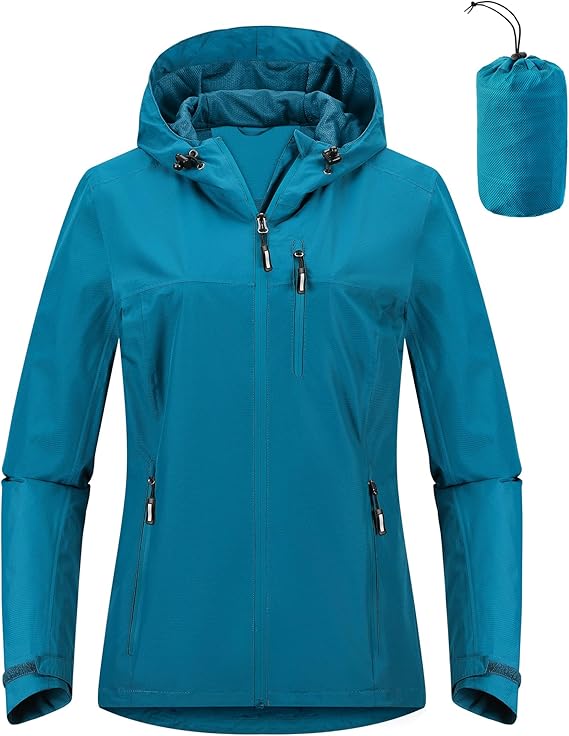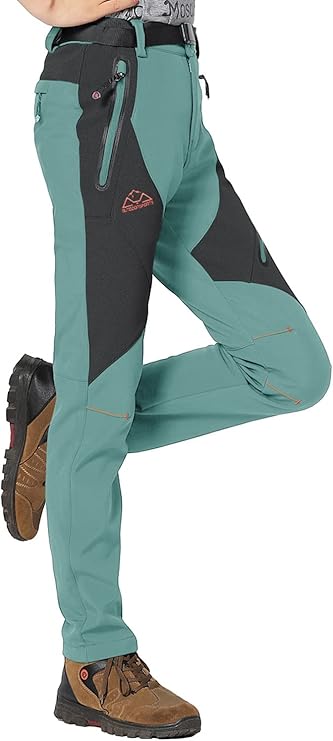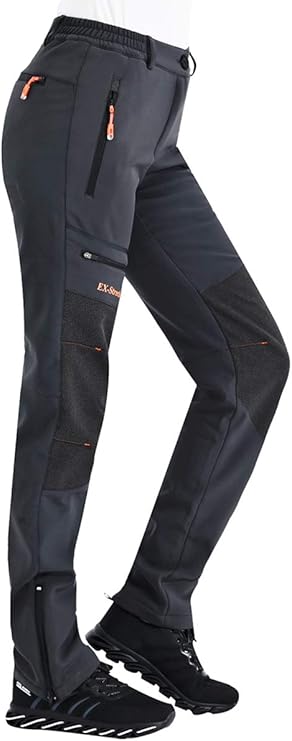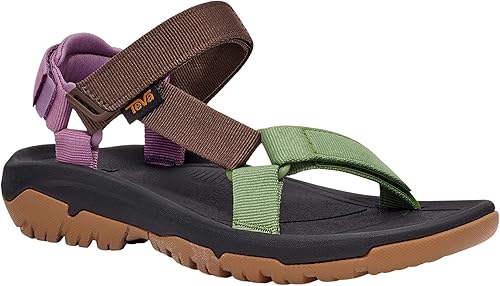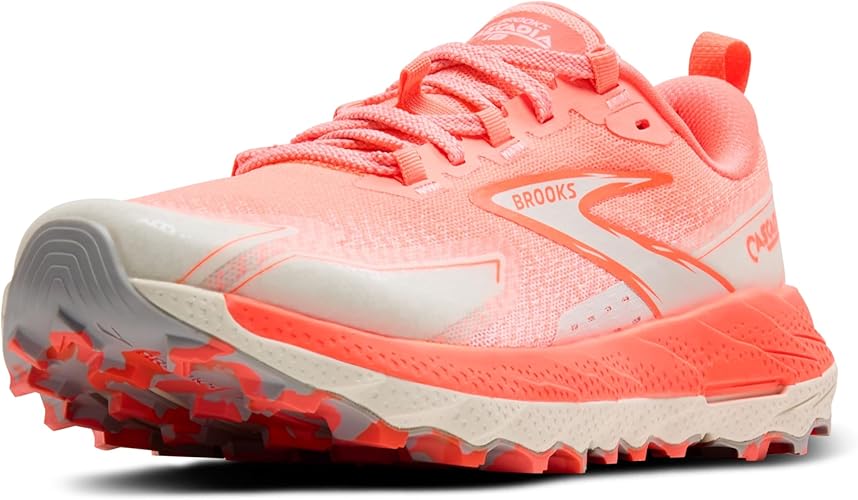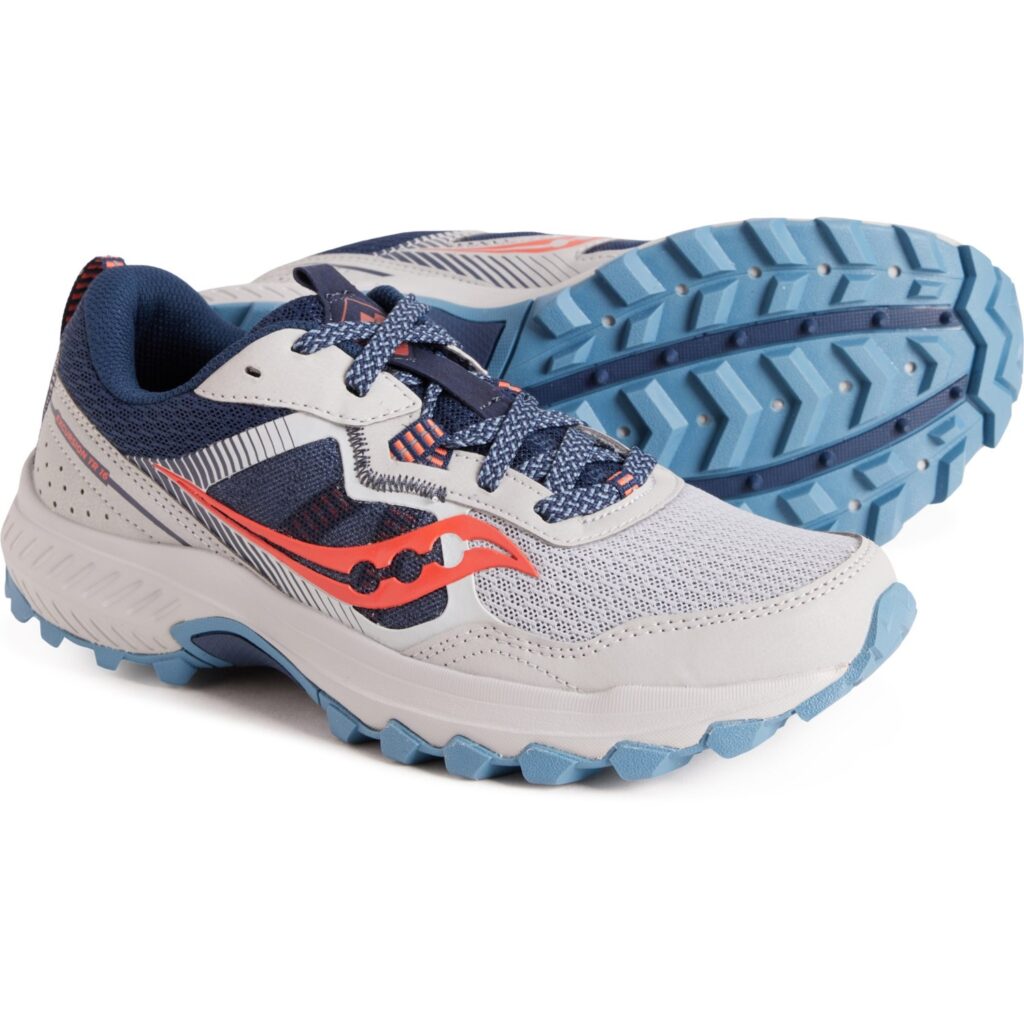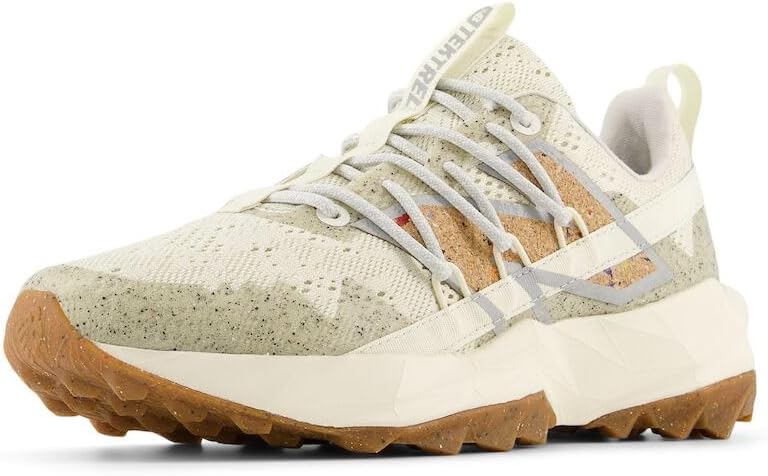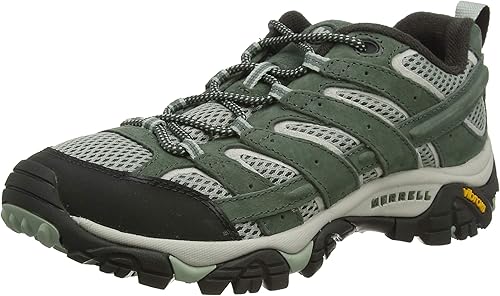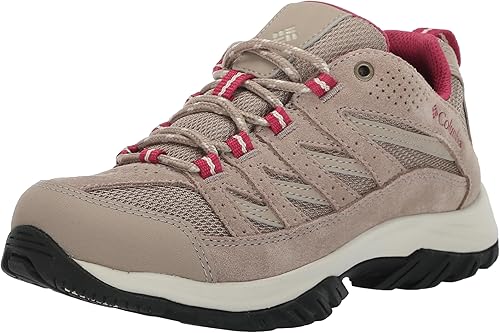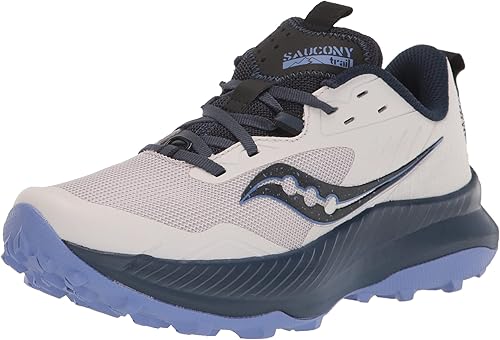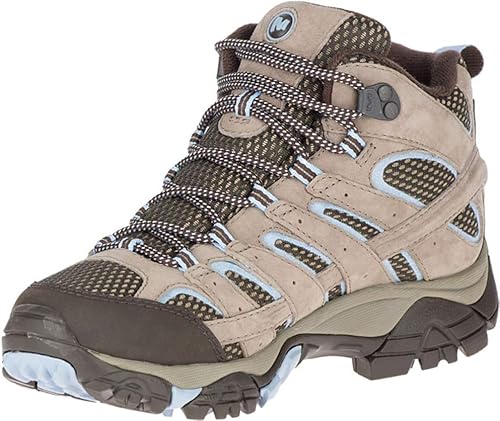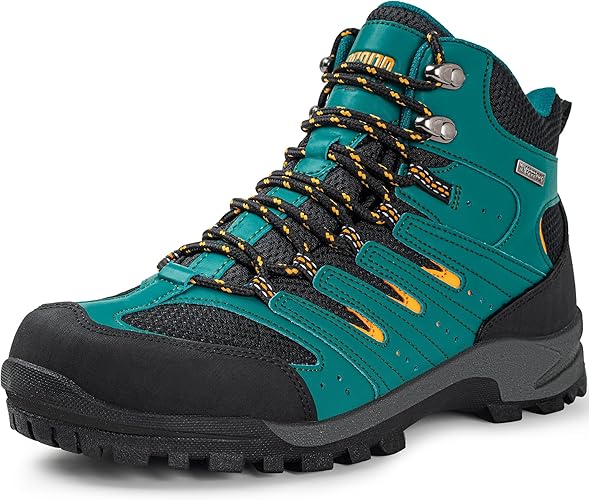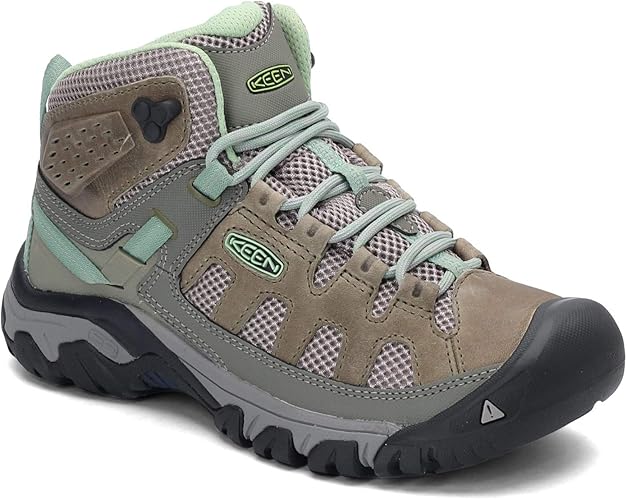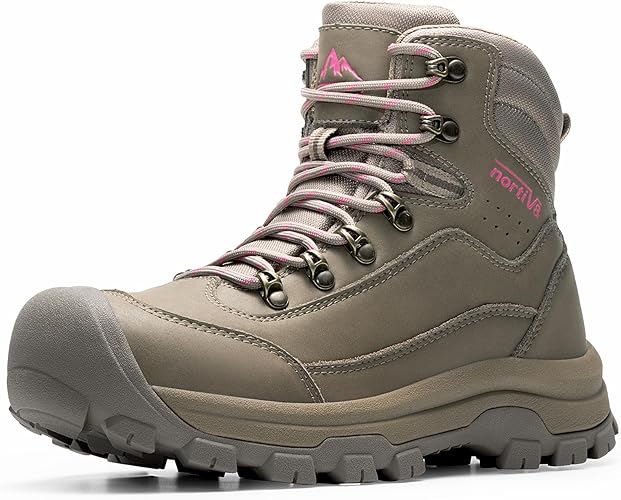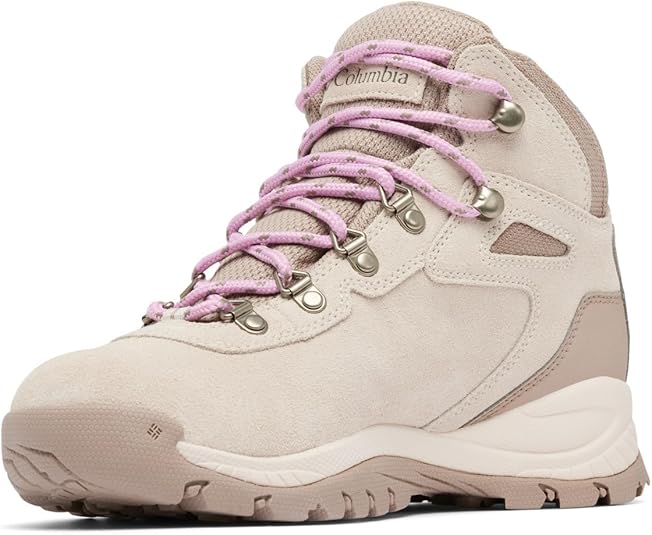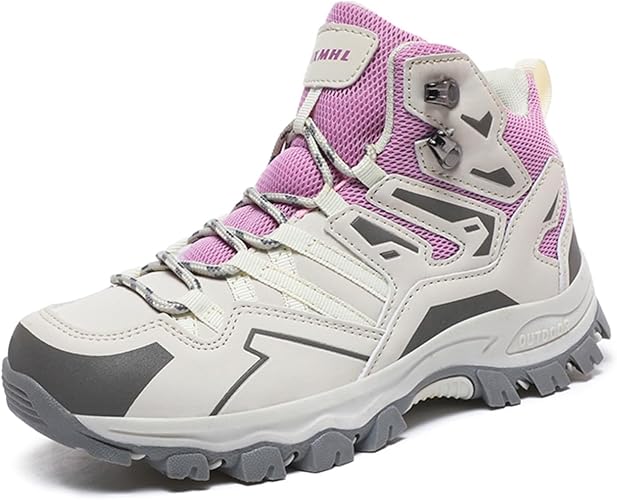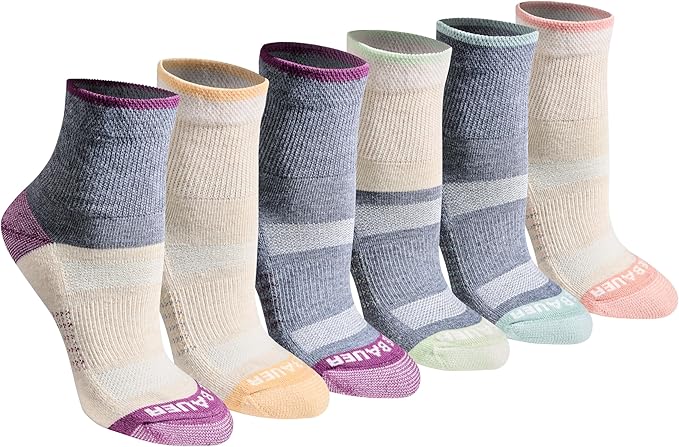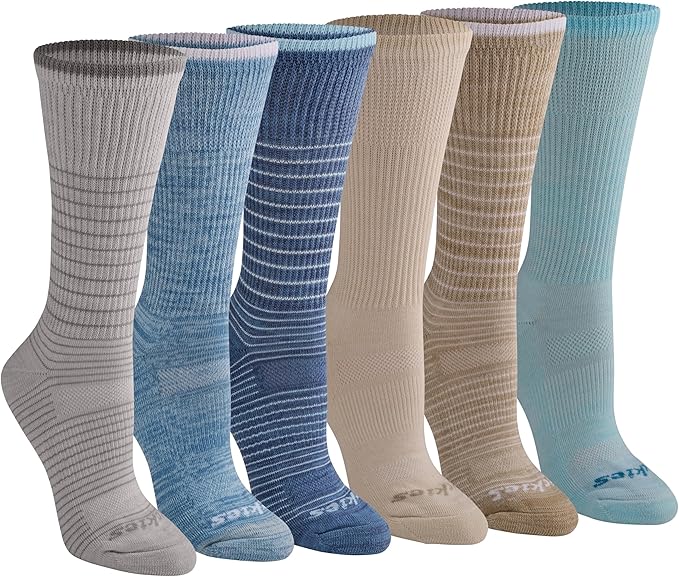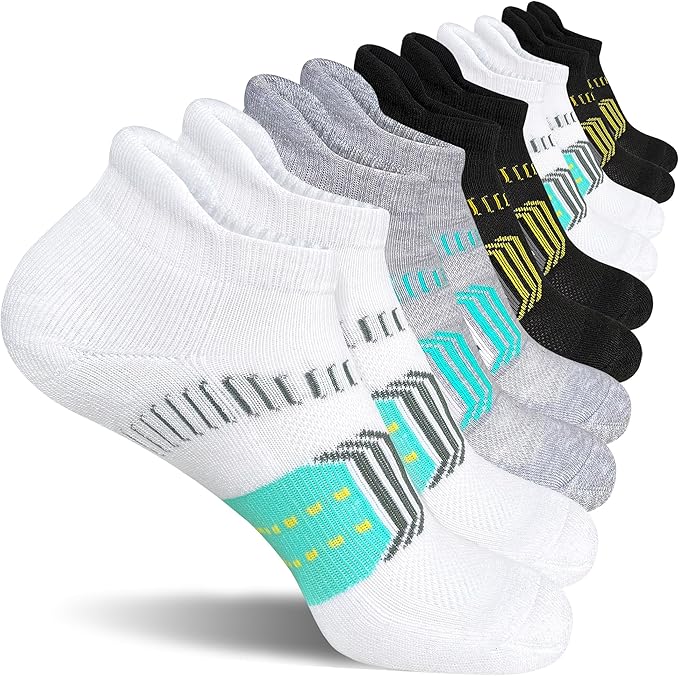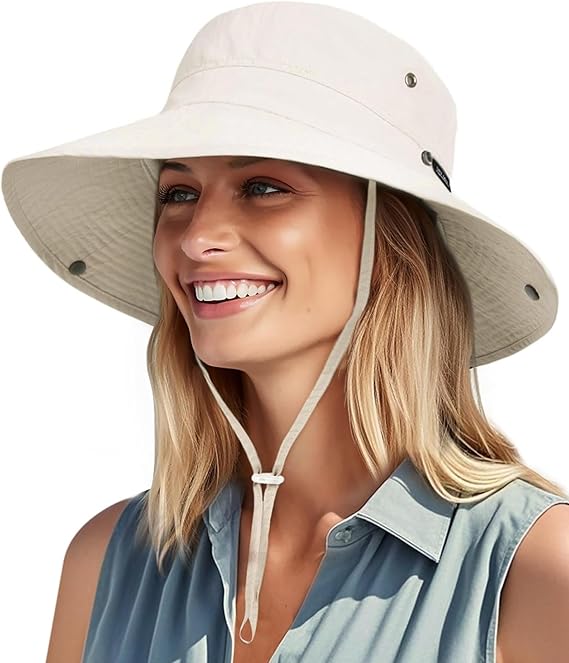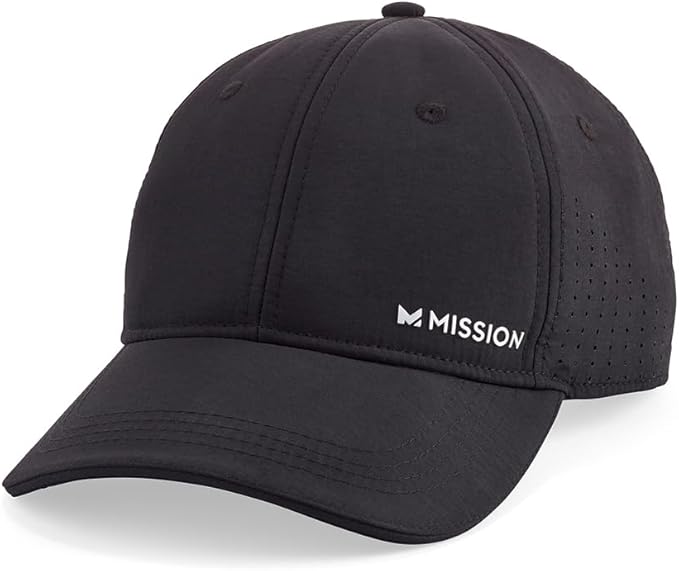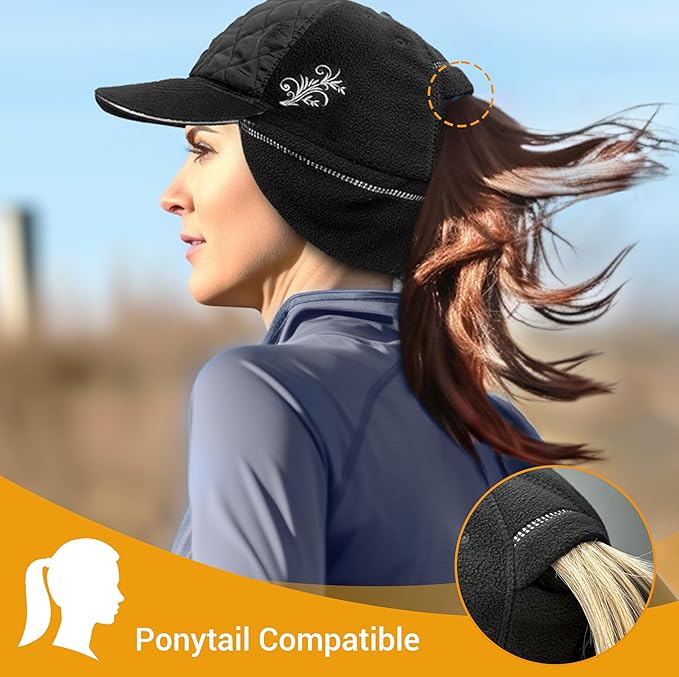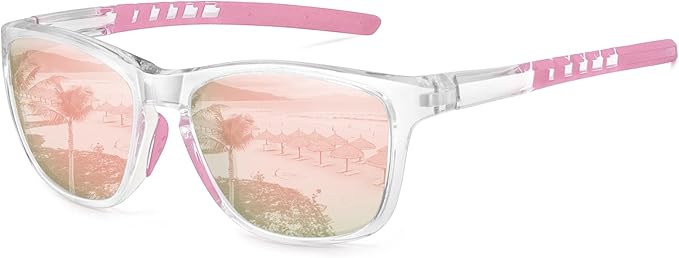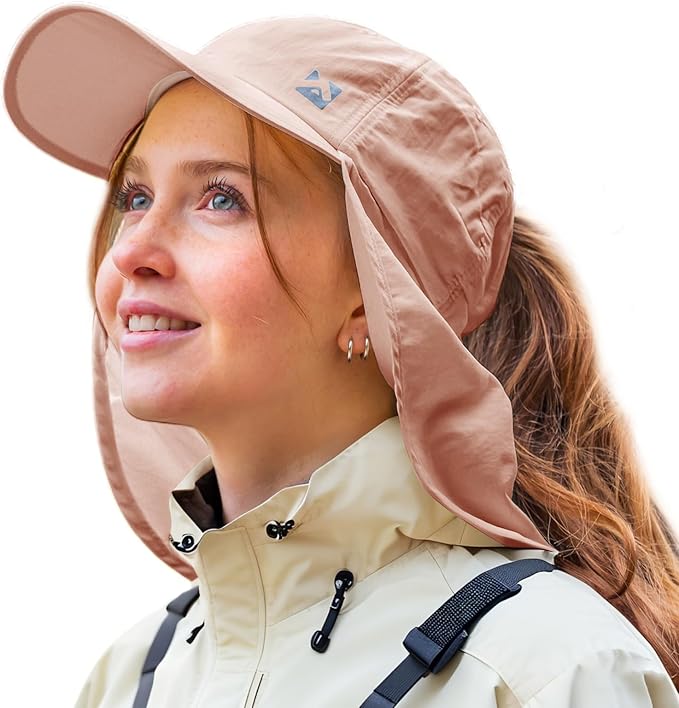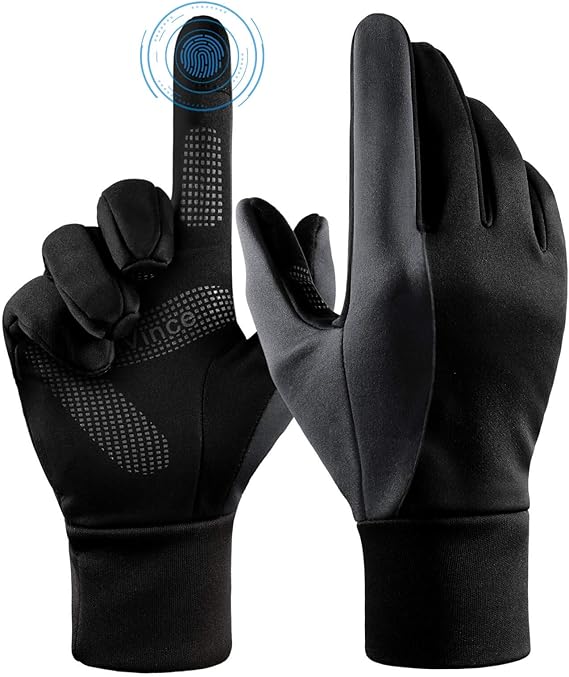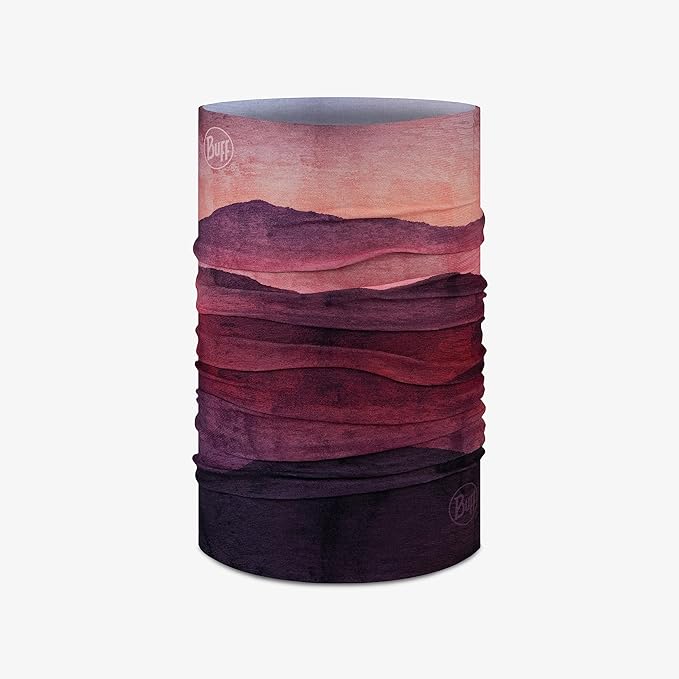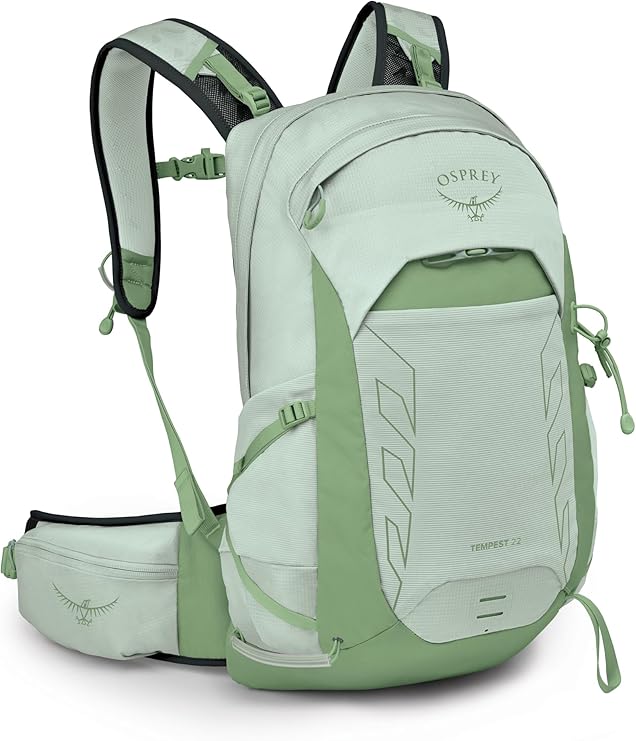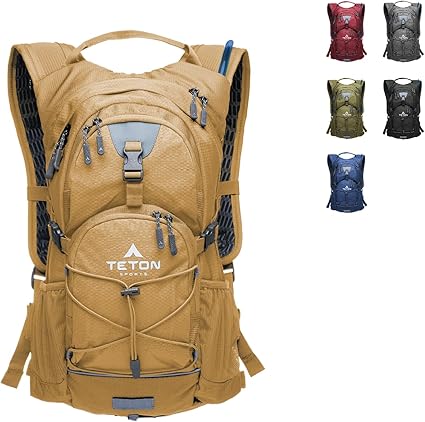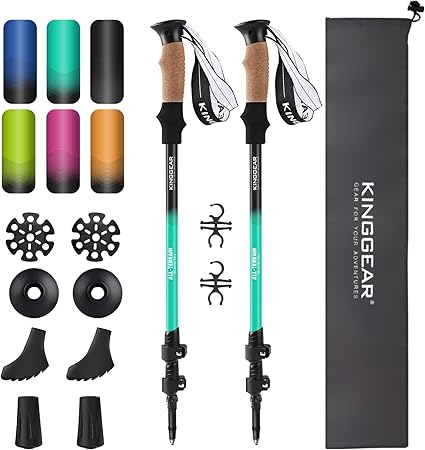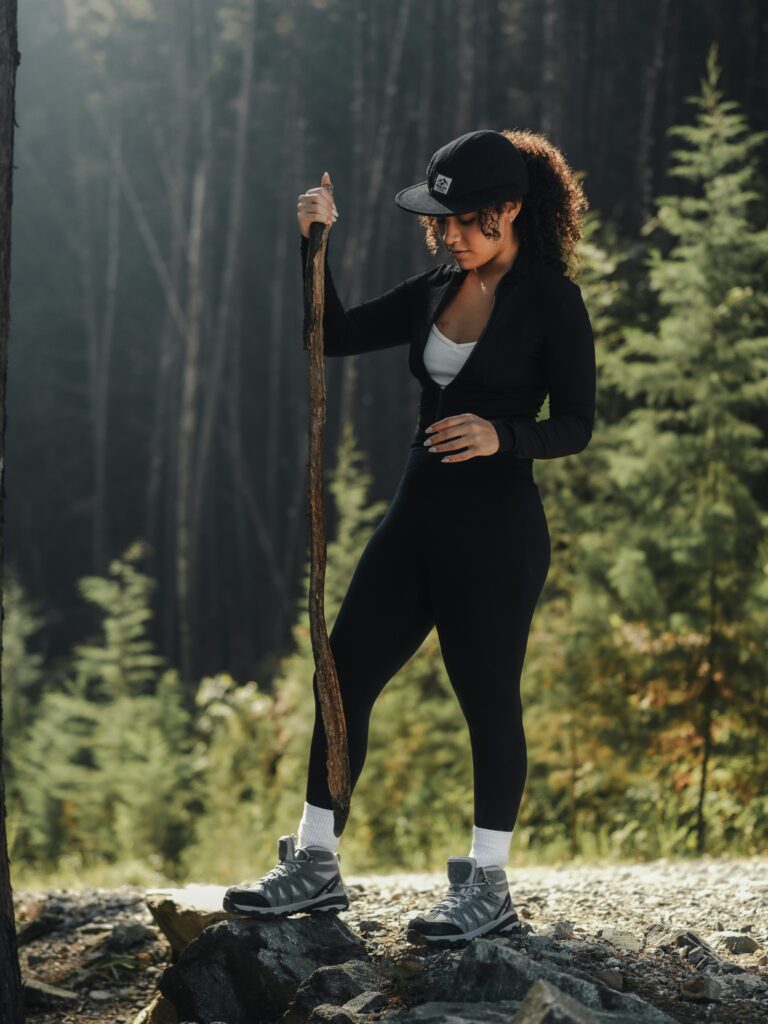
When it comes to hiking, having the right hiking outfit can make the difference between a great adventure and a miserable trek. The best hiking outfits for women are functional, comfortable, and durable — and yes, stylish too! Whether you’re heading out for a sunny day hike or tackling a rugged mountain trail, choosing the right hiking outfit ensures you’re ready for anything the trail throws your way.
In this ultimate guide to women’s hiking outfits, we’ll cover what to wear for different seasons, must-have clothing essentials, smart splurges, and easy ways to save — so you can hike in comfort and confidence year-round.
Affiliate Disclosure: This post may contain affiliate links. If you purchase through these links, I may earn a small commission at no extra cost to you. I only recommend products and services I genuinely believe in and think will be valuable to my readers. Thank you for supporting Adventure Ready Families!
What to Consider When Picking Out Women’s Hiking Outfits
Comfort & Mobility
Comfort is key on the trail. The last thing you want while hiking a strenuous hill or scrambling on rocks is tight, ill-fitting clothing that is not breathable.
Tip: Look for hiking clothes with a bit of stretch and a relaxed (but not baggy) fit. Prioritize flexibility so you can move easily without restriction.
Weather Appropriateness
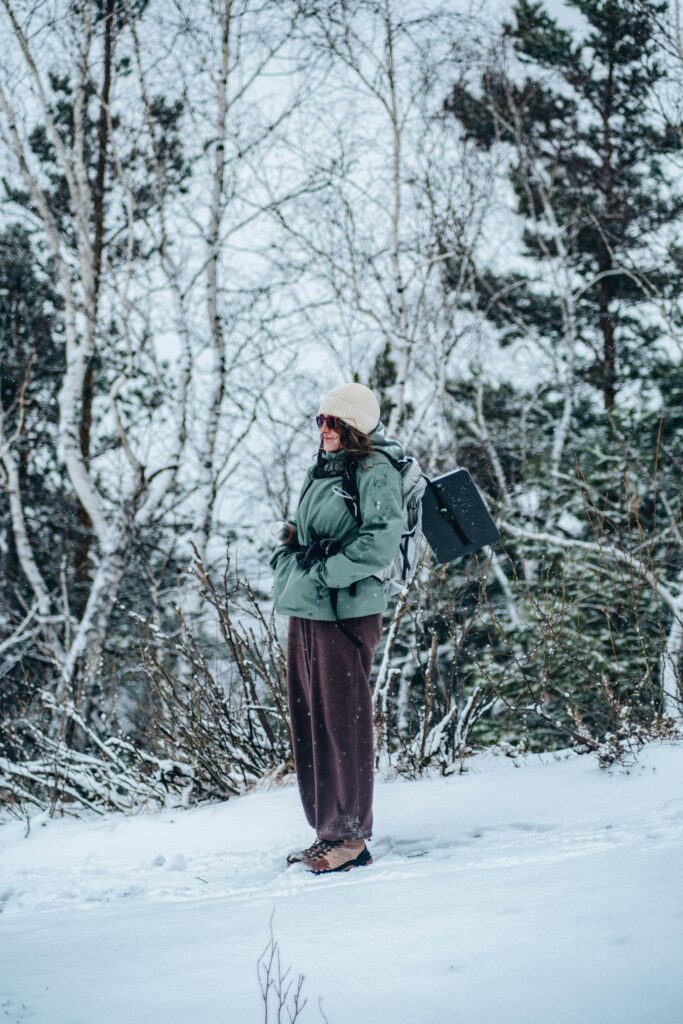
Always dress for the weather; you don’t want to be caught in the cold in the wrong hiking outfit!
- In warm weather, opt for breathable, lightweight clothing like shorts and moisture-wicking tank tops.
- For cold-weather hiking, layering is critical to stay warm without overheating.
Layering Strategies
Smart layering lets you adapt as temperatures change. Start with moisture-wicking base layers, add an insulating mid-layer like fleece, and top with a waterproof shell.
Pro Tip: As your body warms up while hiking, peel off layers to avoid sweating too much (which can leave you chilled later).
Durability & Material Choice
Stay away from cotton and denim!
Choose moisture-wicking, quick-dry materials like polyester, nylon, or merino wool. These fabrics keep sweat off your skin, dry faster, and are much more durable on rugged trails.
Footwear Importance
Your shoes are your most important hiking gear.
The wrong footwear can cause blisters, sore feet, slipping, and even injuries like twisted ankles.
Select your hiking shoes based on:
- Terrain difficulty
- Hike length
- Weather conditions
More on hiking footwear below!
Essential Components of Women’s Hiking Outfits
Base Layers
Sports Bra: Choose one that best suits the level of activity you are doing. Are you planning a trail run or a short hike with kids? For a more intense hike or if you are planning on running, you will want a high-support bra; for all other types of hikes, you are likely good with a medium-support bra.
Moisture-wicking shirts (short & long sleeve): Lightweight moisture-wicking shirts are the best to hike in. If you are hiking in colder weather, layer long-sleeved shirts with jackets and a coat. On a sunny day, consider looking at UPF-rated shirts to help protect you from the sun. Tank-tops are fine to wear hiking if you aren’t carrying a heavy pack. If you are carrying a pack, consider the width of your straps; you may get chafing from the backpack straps if you are wearing a tank top with too thin straps.
Leggings Vs Pants:
Leggings: Great if sturdy and tear-resistant. Look for hiking-specific leggings with reinforced fabric and pockets.
Hiking Pants: More durable, often water-repellent, and can even zip off into shorts for versatility.
Mid Layers
Fleece: Fleece jackets and fleece pants layered with your base materials can add a layer of insulation that helps keep you warm.
Puffy jackets and vests: Ideal for cold-weather hikes, providing insulation and water resistance.
Outer Layers
Waterproof Jackets: Choose a shell or rain jacket to wear on top of all the other layers. These will offer insulation and keep your inner layers dry.
Rain/snow Pants: Essential for staying dry in wet or snowy conditions, while still allowing mobility.
Footwear
When planning a hiking outfit, picking the right shoes is key. It may be overwhelming trying to decide which shoe will work best for you. There is a lot to consider, whether it be the sensitivity level of your foot, what type of hiking you will be doing, or how long your hike will be. Here is a list of hiking shoes listed from least supportive to most supportive:
Hiking Sandals: Hiking sandals have become more popular in recent years. They offer breathability, comfort, and are great for hiking near water. The downside is that rocks and debris can easily get in between your shoe and foot, which can become obnoxious when hiking. Hiking sandals are a good choice if hiking a shorter hike, a hike with water, or a trail that is highly maintained or paved.
Trail Running Shoes: Trail running shoes are becoming a favorite for hikers. This is because they are instantly comfortable, light, and have better-looking options. The downside is that they may not offer the same support that hiking shoes/boots can offer. If you are hiking on fairly smooth terrain that does not require stability, these would be a good option. If hiking in the snow, you may want to consider a boot instead due to the waterproof nature of a boot over a shoe.
Hiking shoes that are low-cut and have a more flexible midsole are great for day hikes. They feel more like a tennis shoe, but offer more support than a trail running shoe.
Mid-Range Boots: These range from mid to high cut. They are usually flexible, but offer less support than a backpacking boot. For day hikes or short overnight backpacking trips, these boots will be a good choice.
Backpacking boots: These are your most supportive, high-cut shoe option. They have better ankle support and are durable, and have stiffer midsoles. If you are planning a long backpacking trip or hiking through rugged terrain, you will want the support of a backpacking boot.
Socks: Always pick moisture-wicking socks with blister protection. Use lightweight socks in the summer and thicker wool socks in the winter for warmth.
Key Accessories for Hiking Outfit Comfort
Hats: Wide-brim hats for sun protection; beanies for cold-weather warmth.
Sunglasses & sun protection gear: Polarized sunglasses and sun caps protect you from UV rays year-round.
Gloves & Buffs: Lightweight waterproof gloves and neck buffs help with temperature regulation and sun protection.
Backpacks & Extras
Daypacks: Choose the size based on your hike length — small packs for quick hikes, larger ones for long treks.
Trekking Poles: Great for added stability on steep or rocky trails; most daypacks have loops to attach them when not in use.
For a guide on picking hiking backpacks for your whole family, check out [this post]. If you want to know what you should put in your hiking backpack, download our What to Put in Your Hiking Backpack Checklist.
When to Splurge/Save on Your Hiking Outfits
Splurging:
Footwear: Proper footwear can prevent injuries and lead to a more enjoyable hike. Having quality footwear (socks & shoes) will aid in blister-free hiking, and it will last much longer than cheaper options.
Pants: When planning your hiking outfit, you will want quality pants. Durable pants last longer and perform better on the trail.
Outerwear: Good jackets keep you warm, dry, and comfortable. A high-quality jacket should be a staple of any hiking outfit.
Backpacks: High-quality packs are more ergonomic and durable. I have had both cheap and expensive packs. The cheap one works fine, but the more expensive one was much more comfortable and lasted years longer.
Saving:
Tops and Accessories: You can often get away with regular workout tops or even cotton t-shirts for casual hikes.
Sunglasses and Hats: Use what you already have until you’re ready to invest in specialized gear.
Final Thoughts: Build Your Perfect Hiking Outfit for Adventure & Comfort
The best hiking outfit for women is all about preparation, comfort, and confidence. By choosing breathable materials, layering smartly for the weather, and investing in quality essentials like footwear and backpacks, you’ll be ready to conquer any trail.
Remember: you don’t have to spend a fortune to start hiking — prioritize key pieces and add to your wardrobe over time. The most important thing is to get outside, stay comfortable, and enjoy every step of the journey.
Happy hiking!
